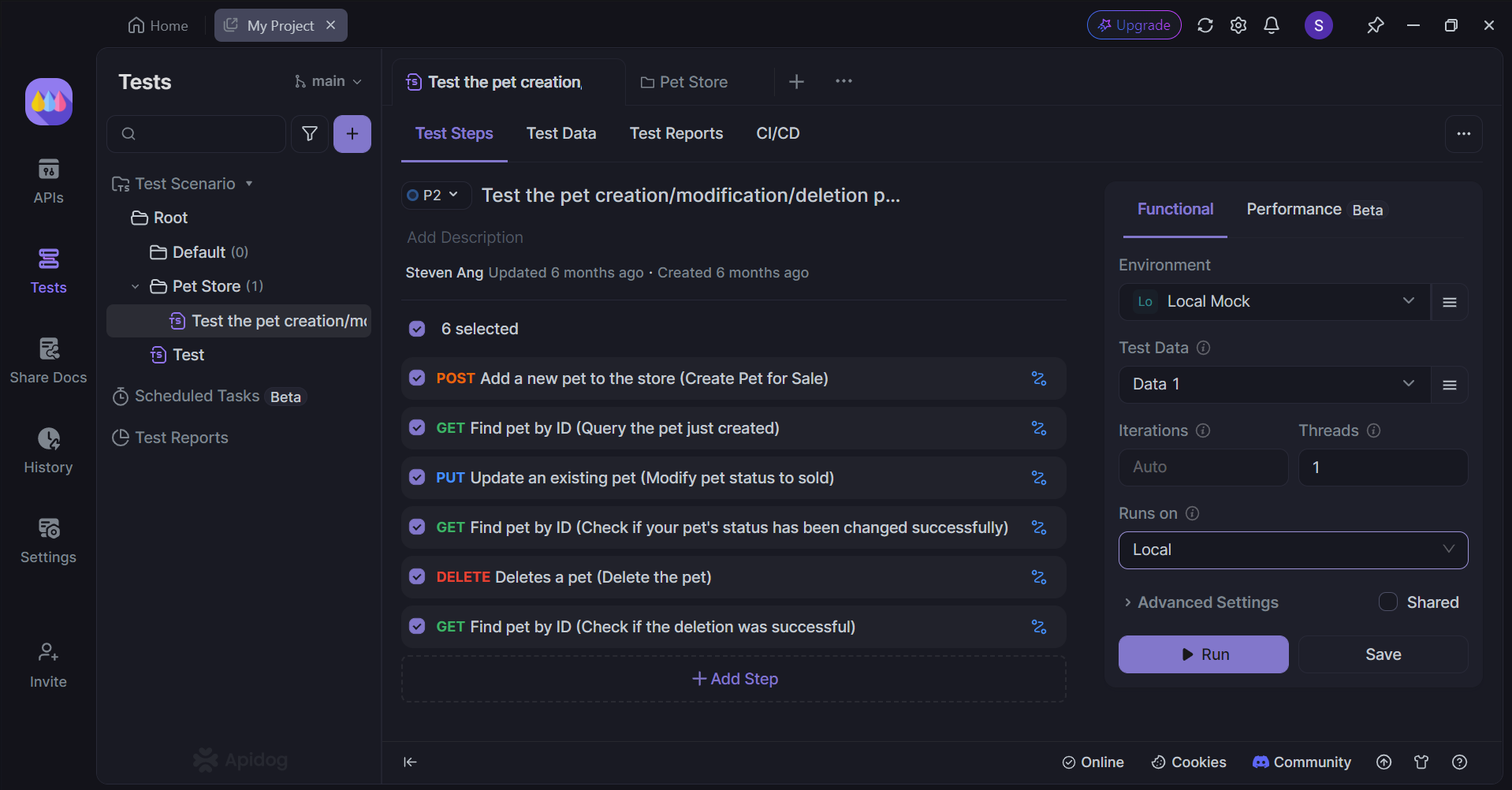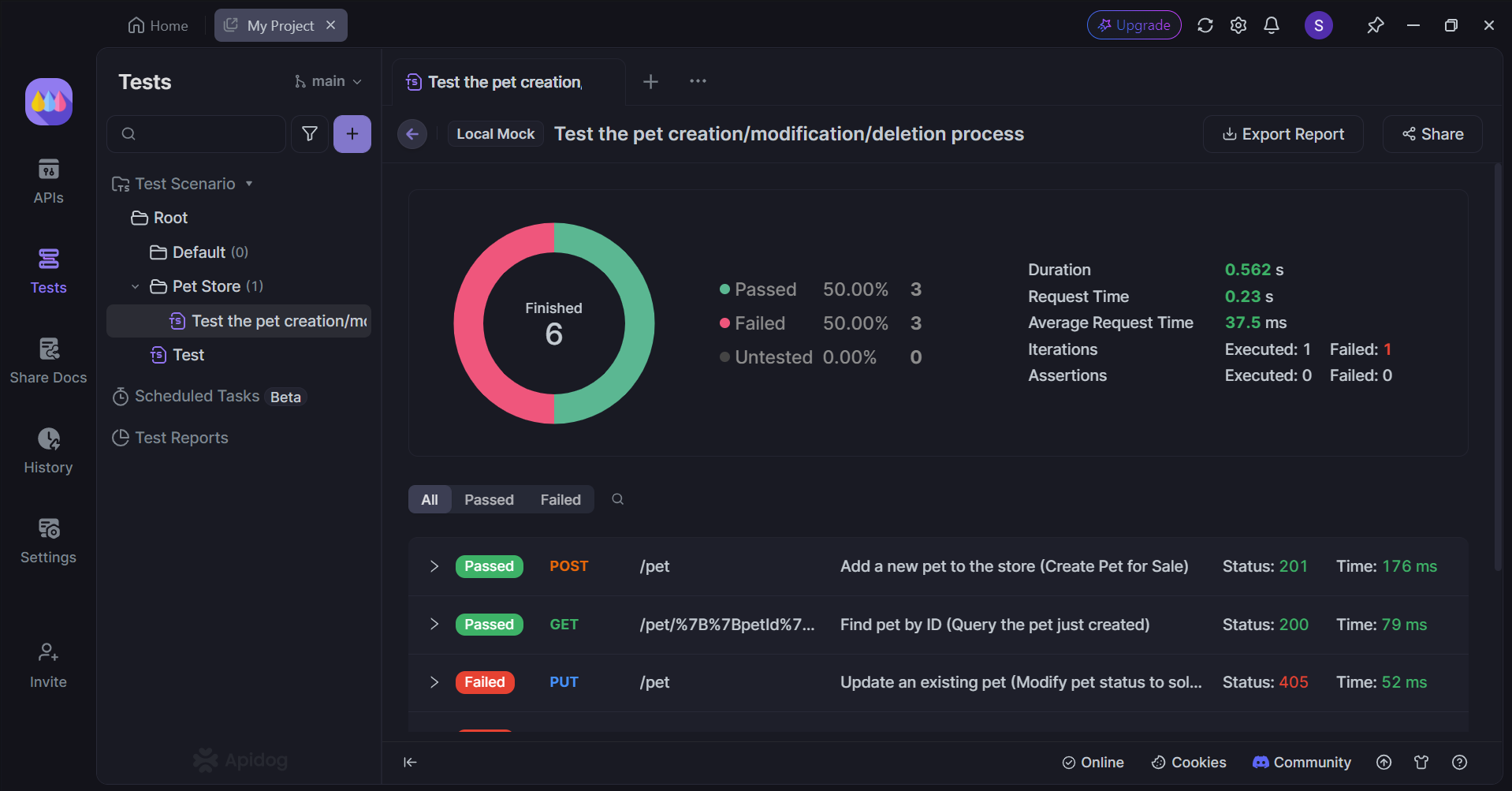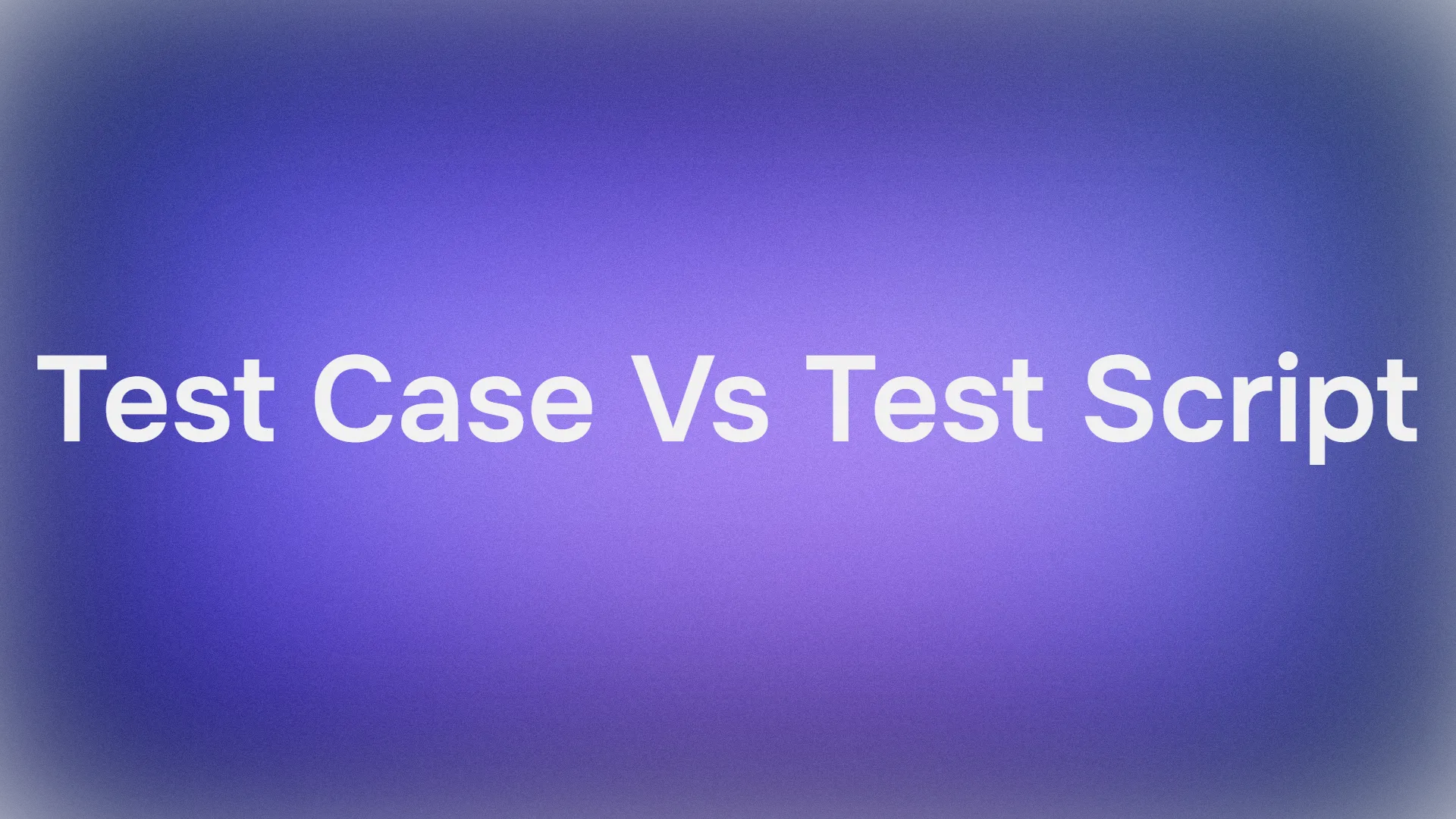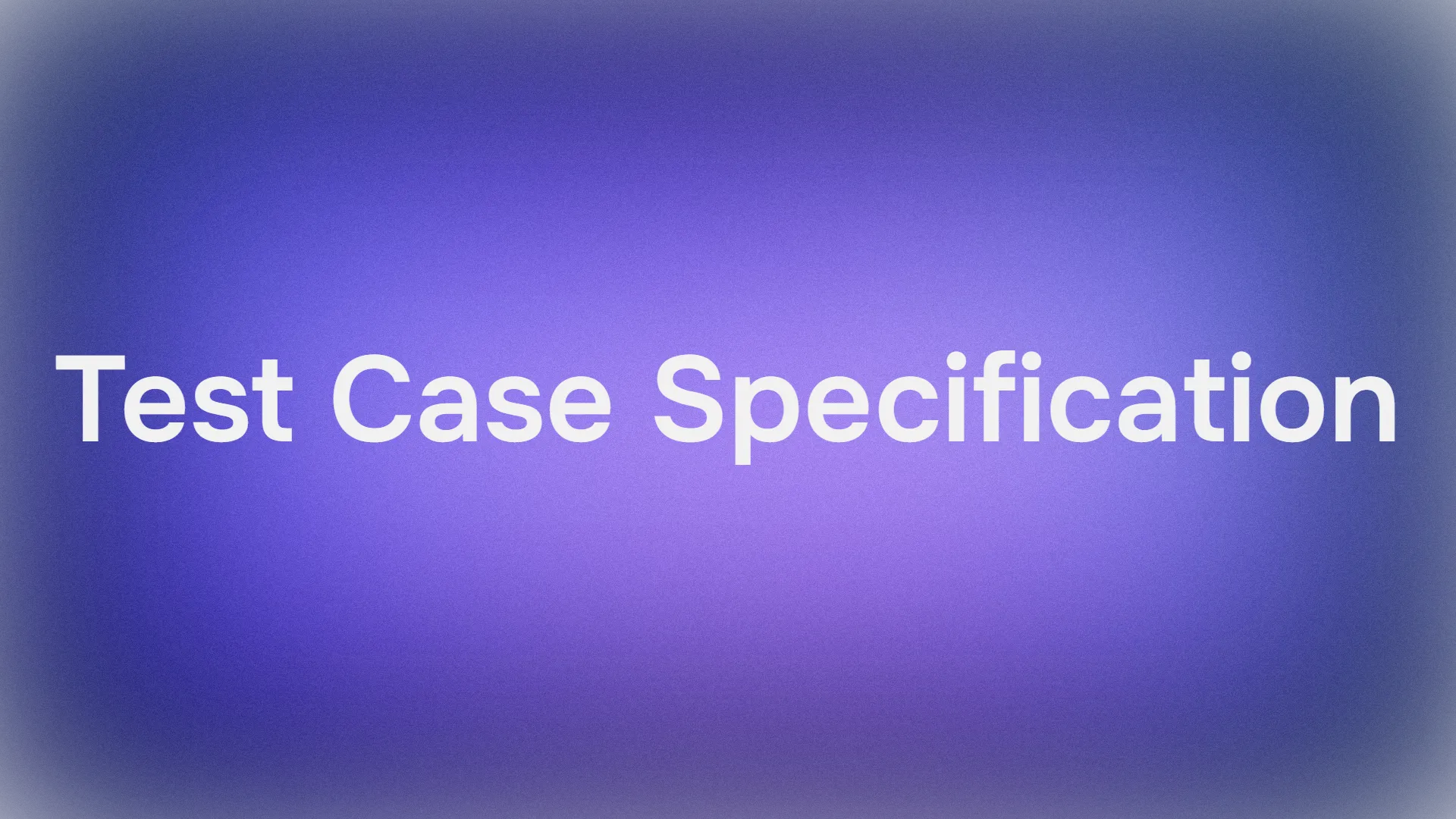In the world of software development, tools like Maven and Jenkins play crucial roles in streamlining processes and enhancing productivity. While both are integral to the development lifecycle, they serve distinct purposes and offer unique advantages. This article delves into a detailed comparison of Maven and Jenkins, highlighting their respective pros and how they complement each other in modern DevOps practices.
With Apidog, you can design, test, document, and mock APIs within a single application. Together with support for CI/CD pipelines and customizable scripts, why not consider using Apidog?
Check out the button below to find out more about Apidog.

Overview of Maven
Maven is a build automation tool primarily used for Java projects. It manages project dependencies, builds lifecycles, and provides a standardized project structure. The core of Maven's functionality lies in its Project Object Model (POM), an XML file that contains information about the project and configuration details used by Maven to build the project.
Pros of Maven
- Standardized Build Processes: Maven enforces a consistent project structure, making it easier for developers to navigate and manage projects15.
- Dependency Management: It automatically resolves transitive dependencies, ensuring that all necessary libraries are included in the build45.
- Extensibility: Users can easily write plugins in Java or scripting languages to extend Maven's capabilities4.
- Integration with IDEs: Maven integrates seamlessly with popular Java IDEs like Eclipse, IntelliJ IDEA, and NetBeans45.
- Ease of Use: Setting up projects using best practices is straightforward with Maven's archetype system4.
Overview of Jenkins
Jenkins is an open-source automation server used to implement Continuous Integration (CI) and Continuous Delivery (CD) pipelines. It automates various stages of the software development lifecycle, from building and testing to deploying applications.
Pros of Jenkins
- Flexibility and Customization: Jenkins supports a wide range of plugins, allowing users to customize their CI/CD pipelines extensively13.
- Integration Capabilities: It integrates with various tools and platforms, including source control systems like Git and SVN, as well as testing frameworks such as JUnit and TestNG1.
- User-Friendly Interface: Jenkins offers a web-based interface that simplifies pipeline management and monitoring5.
- Support for Multiple Languages: Unlike Maven, which is Java-centric, Jenkins supports a broad range of programming languages5.
- Parallel Builds: Jenkins can execute multiple builds simultaneously, improving efficiency in large projects1.
Key Differences Between Maven and Jenkins
While both tools are essential in software development, they cater to different aspects:
| Aspect | Maven | Jenkins |
|---|---|---|
| Purpose | Build automation and dependency management | Continuous Integration/Delivery (CI/CD) automation |
| Core Functionality | Manages dependencies, builds lifecycle | Orchestrates entire CI/CD pipeline |
| Language Focus | Primarily for Java projects | Supports multiple programming languages |
| Configuration | XML-based (POM files) | Web-based interface with scripting capabilities |
| Integration | Integrates well with Java IDEs | Integrates with various external platforms |
How They Complement Each Other
Maven and Jenkins are not mutually exclusive; rather, they work best when integrated. Maven handles the build process efficiently by managing dependencies and ensuring consistent project structures. On the other hand, Jenkins automates the integration and delivery processes, making it easier to deploy applications continuously.
By leveraging both tools together:
- Enhanced Automation: Developers can automate the entire build-test-deploy cycle by using Maven for building/testing and Jenkins for deployment.
- Improved Efficiency: The integration allows for smoother workflows, reducing manual intervention and potential errors.
- Comprehensive Reporting: Jenkins provides detailed reports on build statuses, while Maven offers insights into dependency resolutions.
Apidog - API Development Application
Apidog is a low-code API platform that is designed to allow anyone to quickly learn and design APIs.

With its simple and intuitive user interface, collaborators can quickly adapt to the new development environment, and start producing top-notch APIs!
Apidog Test Scenarios
Apidog has a unique testing feature called test scenarios.


Apidog allows you to visually test multiple APIs in a series of sequential steps. This approach is particularly beneficial for developers who have crafted a collection of interdependent APIs to accomplish their tasks.
Apidog Test Scenario Results

Apidog generates a comprehensive report on your test scenario, detailing the count of successful and failed requests, along with the total time taken for all the APIs to execute.ShareRewrite
Individual API Endpoint Testing With Apidog

Apidog helps developers test individual APIs and view each response separately. Just click the Run header, followed by the Send button.

Conclusion
In conclusion, both Maven and Jenkins are indispensable tools in modern software development. While Maven excels in managing dependencies and standardizing build processes for Java applications, Jenkins shines in automating CI/CD pipelines across various programming environments. For teams looking to optimize their development workflows, integrating both tools can lead to more robust and efficient DevOps practices.




